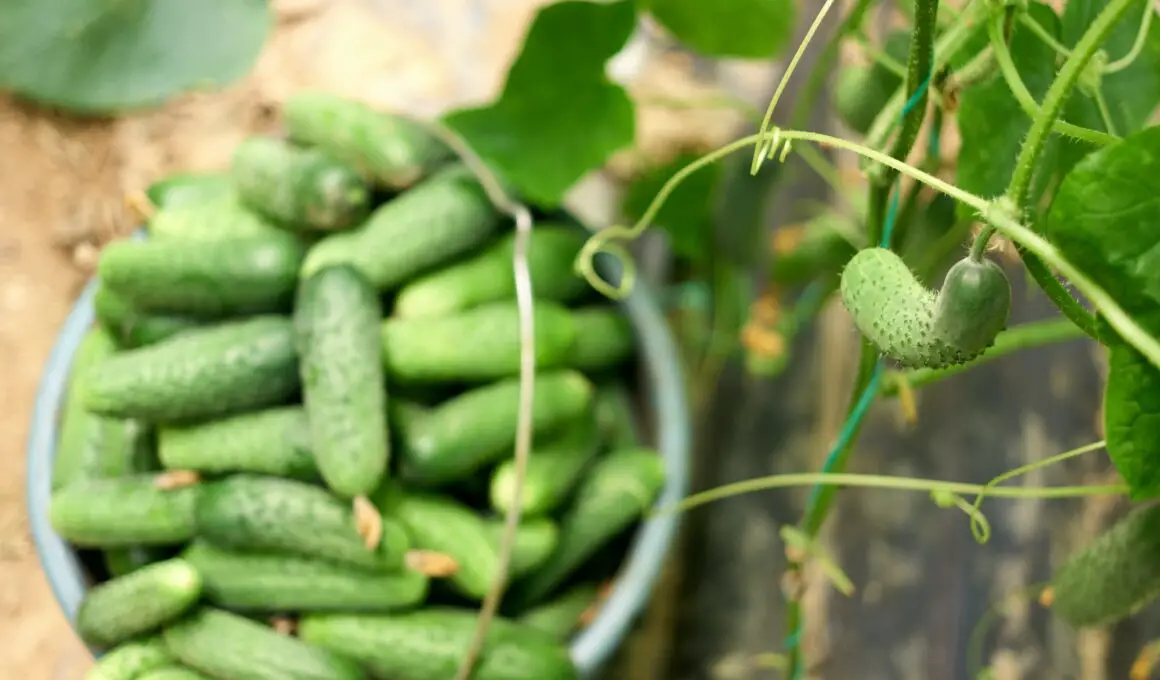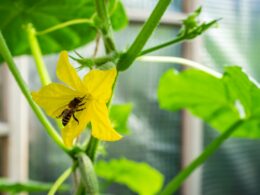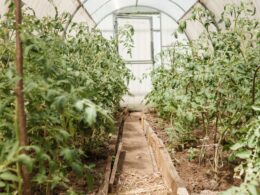In This Article Show
With over 13 years of hands-on experience in the gardening trenches, I’m excited to share a straightforward guide on a topic close to my heart – growing cucumbers in a greenhouse.
Cultivating cucumbers in a greenhouse stands out as a practical and rewarding endeavor in the lush tapestry of gardening. As we embark on this journey together, I’ll be your guide through the ins and outs of greenhouse cucumber cultivation, offering a no-nonsense, step-by-step approach.
So, let’s roll up our sleeves and dig into the essentials of growing cucumbers in your very own greenhouse. No fancy jargon or elusive gardening secrets – just practical tips to help you yield crisp, delicious cucumbers right from your backyard. Let the green adventure begin!
Choose the Right Cucumber Variety
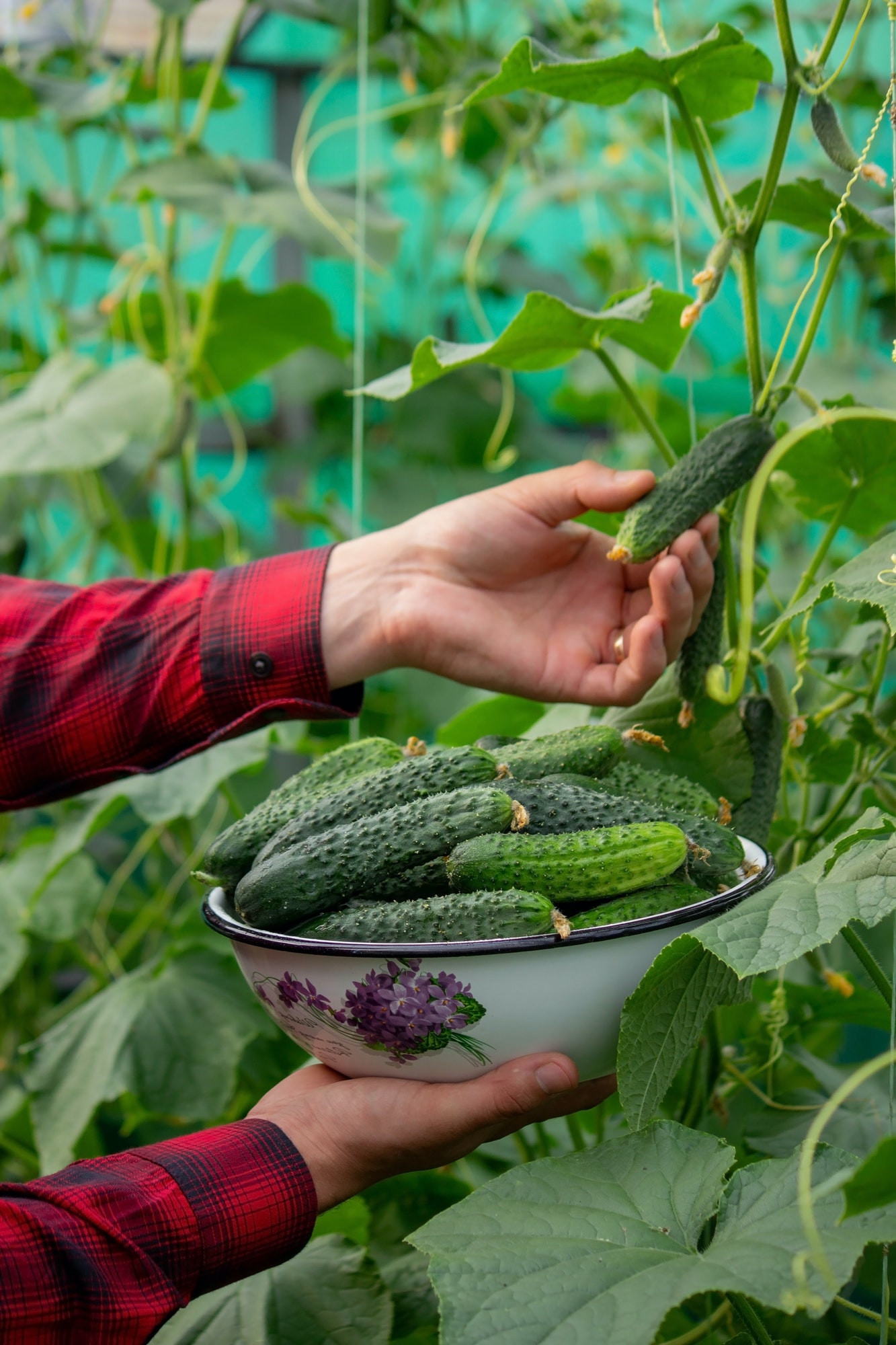
When it comes to greenhouse cucumber cultivation, not all varieties are created equal. Selecting the right cucumber type sets the stage for a successful harvest. Here are a few cucumber varieties tailor-made for thriving within the confines of a greenhouse:
Cucumber Varieties Suitable for Greenhouse Cultivation
- English Cucumbers (Burpless): These sleek, seedless cucumbers are a greenhouse favorite. With thin skins and a mild flavor, they’re perfect for fresh snacking and salads.
- Miniature or Pickling Cucumbers: Compact and prolific, these cucumbers are excellent for greenhouse spaces. They’re ideal for pickling enthusiasts or anyone looking to maximize space without compromising on yield.
- Dwarf Varieties: If space is a concern, consider dwarf cucumber varieties. They are well-suited for smaller greenhouse setups and still deliver a satisfying cucumber harvest.
Factors to Consider When Selecting Cucumber Seeds
Choosing the right cucumber seeds is a critical step in ensuring a thriving greenhouse crop. Keep the following factors in mind as you make your selection:
- Disease Resistance: Opt for seeds that boast resistance to common cucumber diseases.
- Space Requirements: Consider the available space in your greenhouse.
- Climate Compatibility: Different cucumber varieties thrive in specific climates. Choose seeds that align with the conditions inside your greenhouse, ensuring a harmonious growing environment.
- Pollination Type: For greenhouse cultivation, parthenocarpic varieties are often preferred, as they don’t rely on external pollination.
By being mindful of these considerations, you’ll set the groundwork for a successful cucumber cultivation journey within the confines of your greenhouse. Stay tuned as we delve into the nitty-gritty of preparing your greenhouse space in the next segment.
Get Gardening For Beginners
Our new EBOOK shows newcomers and green thumbs alike a step by step guide to growing the garden of their dreams.
Set Up Your Greenhouse
Before you dig into the soil, it’s crucial to establish the right foundation – your greenhouse structure. The choice of greenhouse plays a pivotal role in the success of your cucumber cultivation.
Tips for Greenhouse Location and Orientation
The right location and orientation can make or break your greenhouse endeavor. Follow these tips to ensure your cucumbers bask in the best possible conditions:
- Sunlight Exposure: Place your greenhouse where it receives maximum sunlight exposure. South-facing orientations are ideal, allowing for ample sunlight throughout the day. Ensure the greenhouse is not shaded by nearby structures or trees.
- Wind Protection: While cucumbers enjoy a gentle breeze, strong winds can damage delicate plants. Position your greenhouse with consideration for wind direction, and use windbreaks if necessary.
- Proximity to Water Source: Ensure easy access to water. A greenhouse close to a water source minimizes the effort required for regular watering, a crucial aspect of cucumber care.
By focusing on these aspects of the greenhouse setup, you’ll create an environment where your cucumbers can flourish. In the next segment, we’ll delve into the nitty-gritty of preparing the soil and getting those cucumber seeds or seedlings in the ground. Stay tuned!
Prepare the Soil and Planting
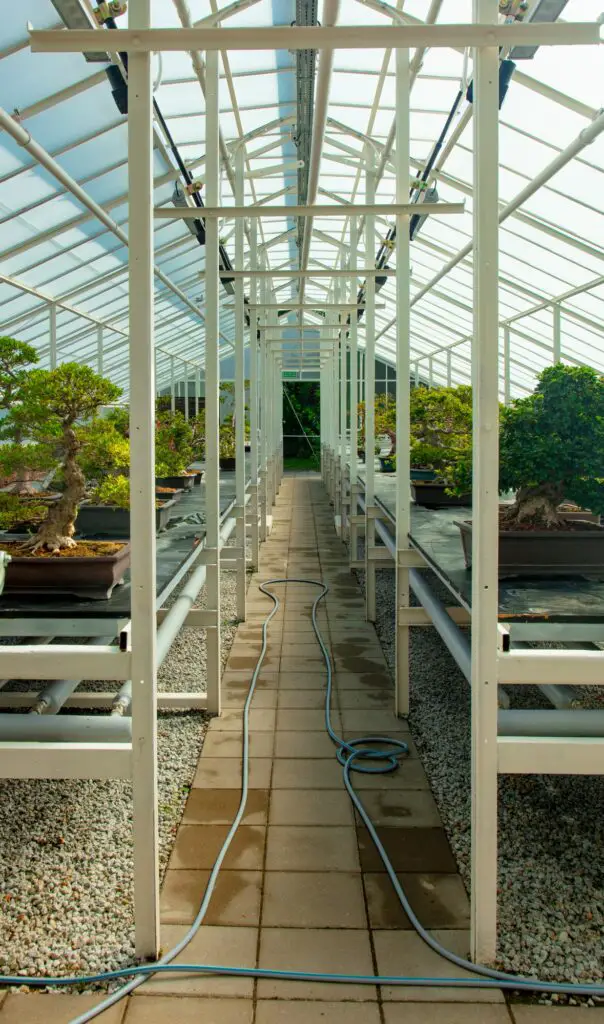
The foundation for a successful cucumber harvest lies beneath the surface – in the soil. Cucumbers thrive in well-draining, nutrient-rich soil. So, aim for a loamy soil texture – a balanced mix of sand, silt, and clay. This composition promotes proper drainage while retaining essential nutrients.
Preparing the soil sets the stage for a fruitful cucumber harvest. Ensure proper drainage by assessing the slope of the greenhouse floor. If needed, create slight slopes to prevent waterlogging.
Provide Optimal Environmental Conditions
Creating the right environment within your greenhouse is key to cucumber success. Cucumbers are particularly sensitive to temperature and humidity fluctuations. Here’s what you need to know:
- Temperature Range: Cucumbers thrive in temperatures between 75°F and 85°F (24°C to 29°C) during the day and slightly cooler at night, ideally between 60°F and 70°F (15°C to 21°C).
- Humidity Levels: Aim for a relative humidity level between 60% and 70%. Adequate humidity supports pollination and reduces stress on the cucumber plants.
By meticulously managing temperature, humidity, ventilation, and watering, you’re creating an environment where your cucumbers can flourish.
Get Gardening For Beginners
Our new EBOOK shows newcomers and green thumbs alike a step by step guide to growing the garden of their dreams.
Implement Proper Cucumber Care
Pruning is a valuable tool in maintaining the health and productivity of your cucumber plants. Regularly remove lateral shoots or suckers that emerge between the main stem and leaves. This directs energy toward fruit production and improves air circulation.
If your greenhouse space is limited, consider controlling the vertical growth of cucumber plants. Use trellises or stakes to encourage upward growth, saving valuable horizontal space.
Monitor and Maintain
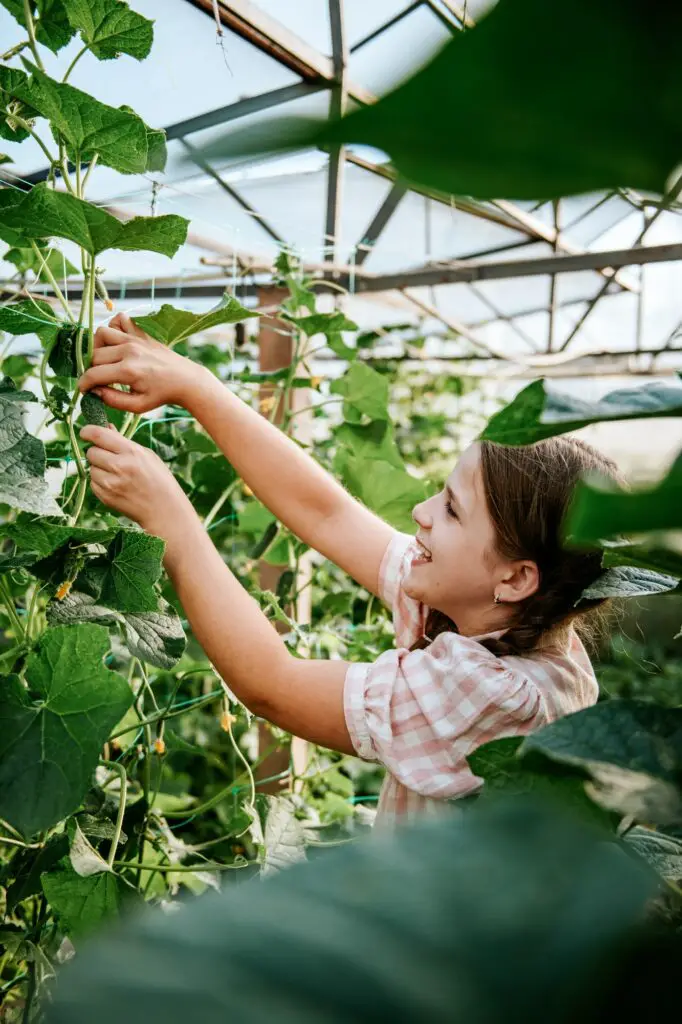
Regular vigilance is the secret sauce to a successful greenhouse cucumber harvest. Hence, make it a habit to check your cucumber plants daily. Look for changes in color, size, and overall appearance, which can indicate any issues that need attention.
Keep an eye out for pests during your daily rounds. Look for unusual activity, damage to leaves, or the presence of insects. Address pest issues promptly to prevent infestations.
Tips for Maintaining a Healthy Cucumber Crop Throughout the Growing Season
Even with the best care, challenges can arise in a greenhouse environment. Here’s how to maintain a healthy cucumber crop throughout the growing season:
- Maintaining a healthy cucumber crop requires ongoing care and attention. Here are some tips for sustaining your greenhouse cucumbers:
- Mulching: Apply a layer of organic mulch around the base of your cucumber plants to conserve moisture, suppress weeds, and regulate soil temperature.
- Regular Harvesting: Harvest cucumbers regularly to encourage continuous fruit production. Overripe cucumbers can inhibit the development of new fruits.
- Support Growing Vines: As your cucumber plants mature, provide additional support to growing vines. Trellises or stakes help prevent sprawling and keep fruits off the ground.
- Rotate Crops: If possible, practice crop rotation in your greenhouse. This helps prevent soil-borne diseases and maintains soil fertility.
- Adjust Watering: Tailor your watering schedule to the needs of the cucumber plants. Increase or decrease watering based on weather conditions and plant growth stages.
By consistently monitoring, troubleshooting, and maintaining your cucumber crop, you’ll address challenges proactively and ensure a healthy, productive greenhouse harvest.





